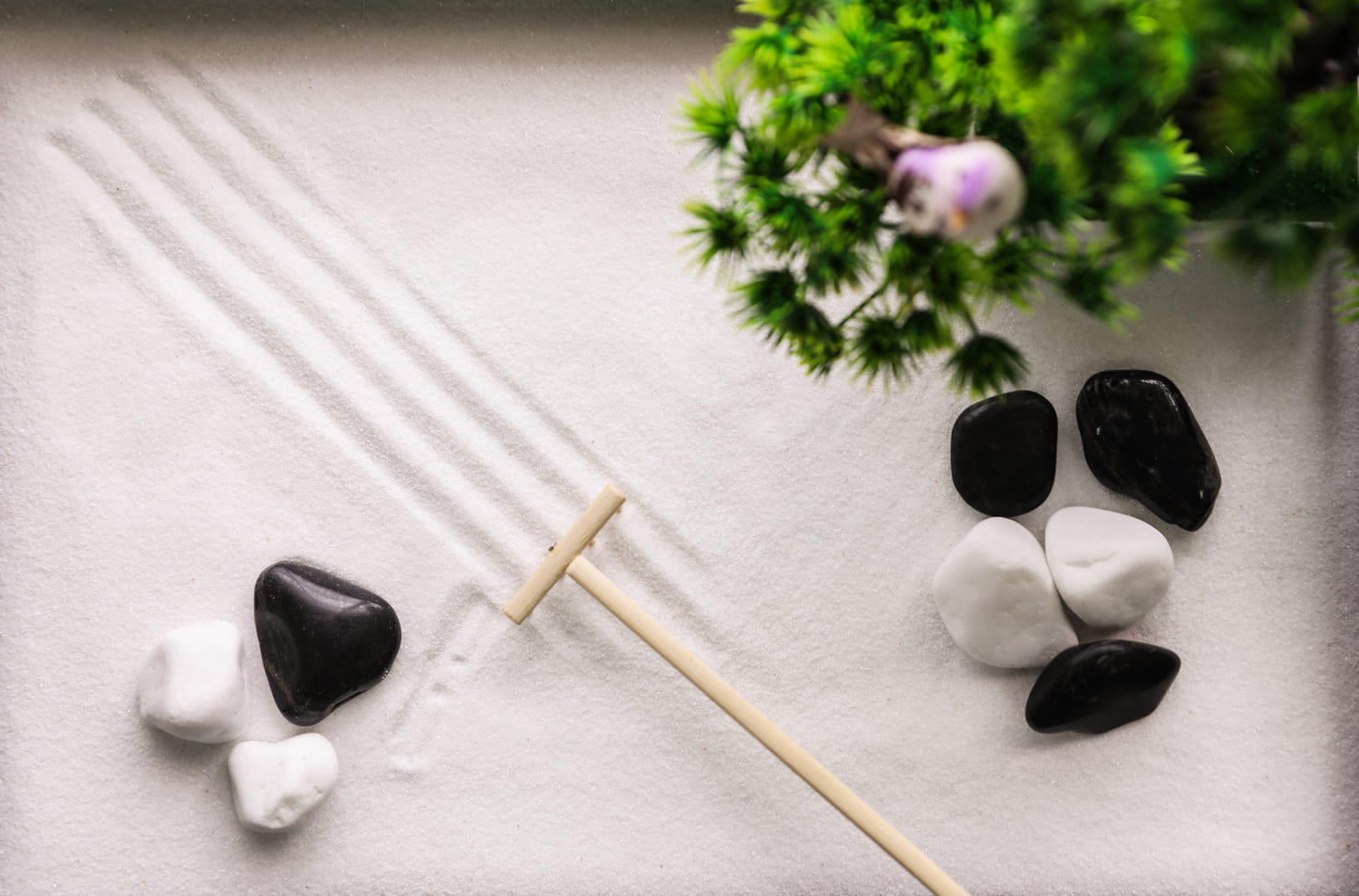In Feng Shui the priority is given to balance in all things. Concretely, what can this mean in interior decoration? How to balance yin and yang? Here are some tracks likely to guide your way.
Understand the importance of Yin / Yang balance
To fully understand the importance of the balance of yin and yang for Feng Shui, let’s start with a brief history. Feng Shui is a practice that dates back more than 6,000 years. He finds his source in:
- Confucianism, whose main interest is turned towards terrestrial affairs;
- Taoism, whose main interest is turned towards celestial affairs and intuitive knowledge.
You could reach intuitive or “true” knowledge by communicating with nature, respecting the Dao. The DAO movement is circular, cyclical, present everywhere in nature. When one thing happens to her extreme, it concerns nature or man, the return to her other extreme begins. This polarization of opposites is called the Yin and Yang theory.
This incessant movement is not very comfortable for us, humans. He provides discomfort, insecurity, imbalance, disharmony. The very principle of Feng Shui is therefore based on the balance of these opposites in order to fight against inconstancy and disorder in our lives. To put it into practice, here are several things to know.
Yin decoration elements
It’s thefemale appearance of all things. He expresses the strength of the earth. It represents the passive principle of nature. He has a descending movement. An introspection movement. It is inertia, calm, reflection. Here are some yin principles that can serve you in decoration:
- Water
- Black
- Blue, green … Cold colors in general
- Angular forms
- Cold
- Calm
- Actions such as: meditation, reading, watching television
- The shadow
Yang decoration elements
It’s themale appearance of all things. He expresses the strength of heaven. It represents the active principle of nature. It has an ascending movement, in extension. It is movement, action. Some yang principles:
- White
- Yellow, red … warm colors in general
- The light
- Heat
- Circular forms
- The speed
How to balance yin and yang in decoration?
In general, with regard to our interiors, Feng Shui therefore likes balance. More specifically with regard to:
- The light : make sure that your pieces are neither too dark nor too much lit and that there are no shadow areas
- The colors : Make sure alternating warm and cold colors in each room.
- The forms : For your objects and furniture parts, make sure to alternate shapes: square, round, rectangle, etc.
- Materials and materials : silk, cotton, vinyl, hemp, flax are rather yin. Those such as velvet, felt, wool, wood, etc., rather Yang.
- The alternation of day and night : think that, as with you, the energies of your habitat need periodicity; The day/night work -study is important to respect. So be sure to position your home in night mode alternately (shutters closing, extinction of lights and electrical devices, etc.) and day.
- Internal air, external air : Remember to regularly penetrate external air into your home.
- The perfume : The scent of your house should not be too present. There must be a balance with for example an alternation of (natural) candles of different fragrances, incense of different woods … Watch out for the obvious odors to be treated in priority: wastewater, humidity, dust smell, etc.
- The temperature : A moderate temperature is recommended with the alternation of a colder temperature at night and warmer during the day.
All this may seem obvious. But each point of detail is important and it is the whole which provides harmony. And even if you should know that Feng Shui is not reduced to this principle, it is a good start. So let your feelings speak and at work!






